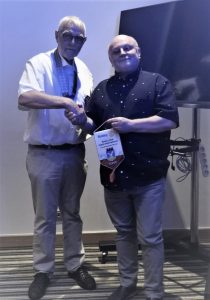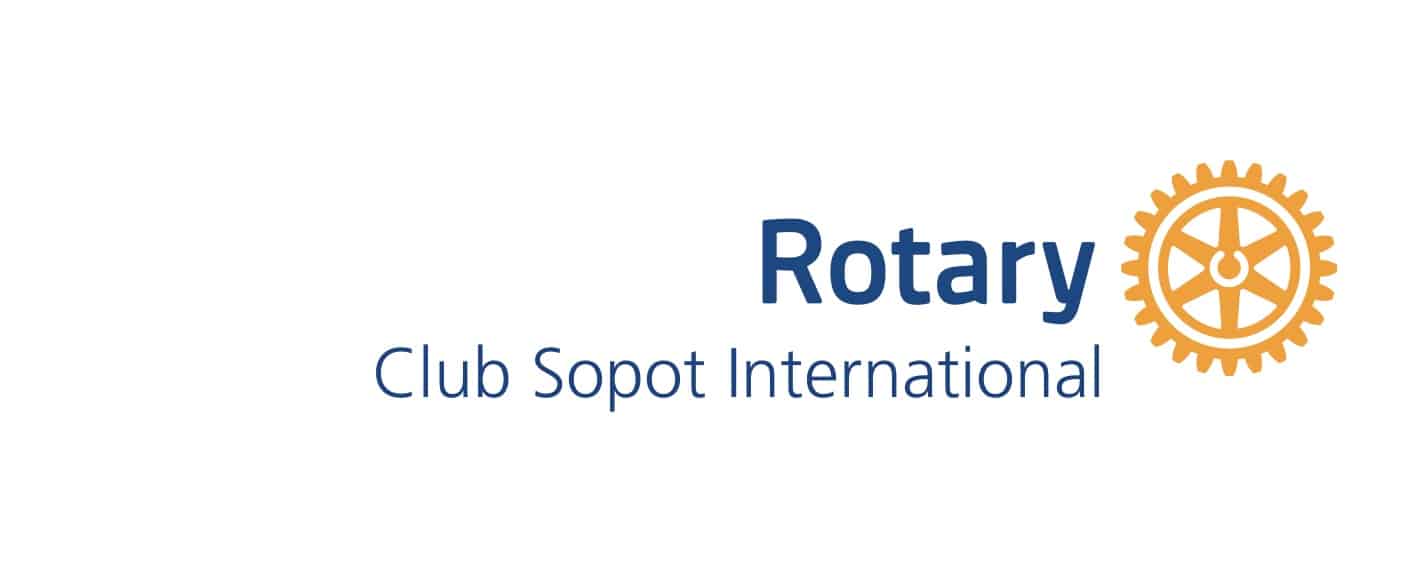On our weekly meeting we have a great pleasure to have Benedykt Hac as a guestspeaker. Benedykt Hac show about the Shipwreck Stuttgart at Puck Bay. Thanks for coming.
Will you like to have more information contact our clubmember Dieter W. Sauer: Email
Bendt Haverberg
President
There is an ongoing ecological disaster in the area of the Puck Bay, where the Stuttgart hospital shipwreck was towed away from the site of its bombing (Gdynia port) during World War II. The wreck lies at depth of about 25-29 meters. After demolition of the wreck, 300 to 600 tons of fuel oil have leaked out of the tanks. Due to a constant and continuous process of hydration of the fuel with silt and bottom sediments, a “stain” was formed – at first of a size of few hundred square meters, it has been slowly expanding over the years. In 1999, the stain was the size of 2.5 ha. As of today the contamination covers the area of about 41.4 ha. The layer of contamination is about 50 cm thick. PAHs (polycyclic aromatic hydrocarbons) content in the most polluted sediment samples is up to 6 500 times higher than that of these compounds in the Gulf of Gdańsk sediments, confirming the enormous pollution of the studied area. All the surrounding ecosystems are very affected (aquatic fauna and flora, plankton, etc.) and the pollution will continue to spread on the seabed and in the water.
Based on the analysis of the currents in the Gulf of Gdansk, it can be assumed that the spills pollute several of the nearest marine Natura 2000 areas, as well as the Polish coastline from Gdansk to Hel (especially near Gdynia, Babie Doły). The state of the bottom surrounding the wreck can be considered as a local ecological disaster.
The main goal of the project is to limit the effects of the ecological disaster, by developing and implementing the best technical and environmentally safe way to remediate the seabed around the Stuttgart wreck using environmentally safe technology based on natural materials.
This will be achieved by stopping the expansion of the polluted area and diffusion of pollutants, through development of indigenous microorganisms, and thus significantly increasing the regenerative capacity of the local marine environment.
Benedykt Hac

President Bendt Haverberg and Benedykt Hac

